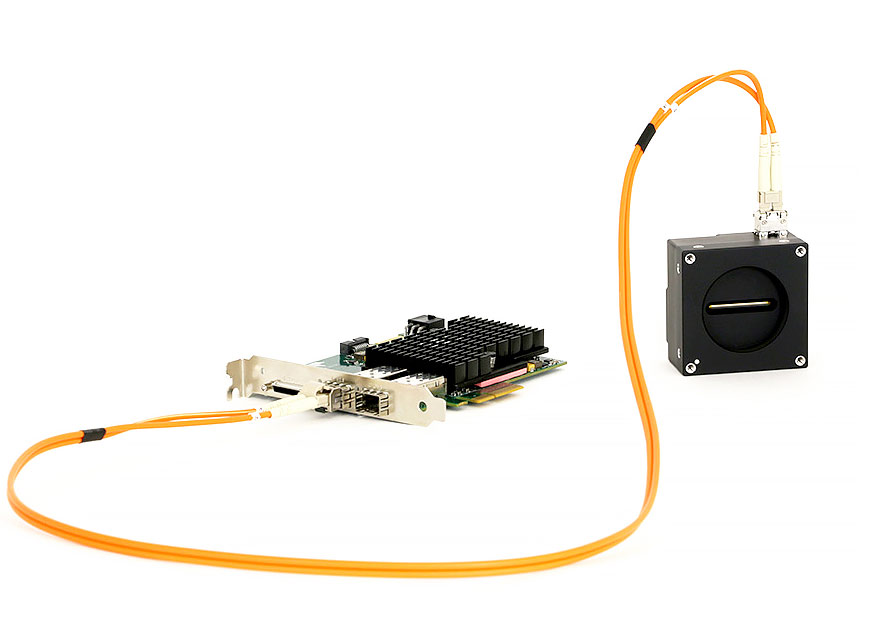
CLHS is a G3 standard (JIIA, EMVA and AIA) machine vision interface for communication between high-bandwidth imaging components including cameras and frame grabbers. Through the AIA, a CLHS committee with 5 active members of multiple leading edge companies guide the continued development and deployment of the new standard. Updates on the ratification process and details on development requirements can be found on the AIA's website.
Increasing resolution and faster frame rates have caused cameras for machine vision systems to steadily grow in their need for bandwidth. Camera Link HS is the next generation interface standard that addresses the needs of all machine vision applications. It is designed from a system point of view, ensuring the ability to create low cost cameras and frame grabbers, while fulfilling the ease of use, flexibility and data reliability demanded by customers.
| Interface Technology | CLHS | Coaxpress | USB 3.1 |
| Main Options |
|
|
|
| Advantages |
|
|
|
| Disadvantages |
|
|
|
Camera Link HS is designed to be a reliable closed loop system able to migrate with advances in telecommunication technology. This ensures a long service life for Camera Link HS and products based on it.
Cable Options with Camera Link HS:
Fiber optic cabling is high bandwidth, light weight, small in size and long distance capable. And thanks to the expansion of fiber in local area networking, it is also low cost, robust (extreme flex rated) and immune to electrical noise. Fiber cabling infrastructures will allow retrofitting camera and frame grabber upgrades to higher bit rates in future.
